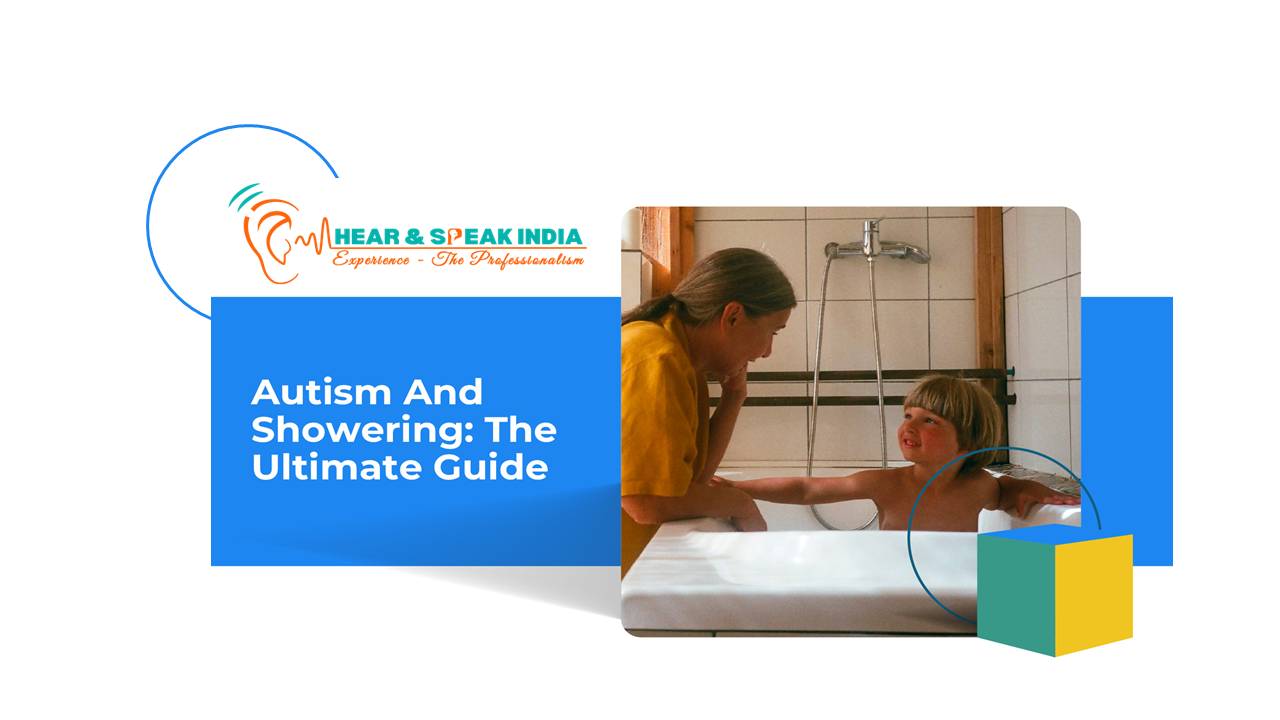Occupational Therapy/Neurodevelopmental Delay/Sensory Integration Therapy
Occupational therapy addresses balance, coordination, and motor skills. Its goal is to help children become more independent and improve daily functioning. (Autism, Attention Deficit Hyperactive Disorder)
Occupational therapy helps you when you have trouble doing daily activities because of an injury, a health issue like a stroke, or a chronic medical condition (Aphasia, Dysarthria, Apraxia), It teaches you the skills you need to live independently and perform everyday tasks more easily and with less pain.
Occupational therapy intervention helps to improve everyday life activities (occupations) to promote health, well-being, and your ability to participate in the important activities in your life.
Occupational therapy services typically include:

Hydrotherapy can help to improve a child’s balance, coordination, and muscle strength. This can be beneficial for children with developmental delays or disabilities children & Adult.
Vestibular rehabilitation refers to the assessment and treatment of balance disorders. The assessment looks at balance, functional mobility, oculomotor function (eye movement), and motion sensitivity.
Used in – Autism, Attention Deficit Hyperactive Disorder, Neurodevelopmental Delay, Stroke Rehabilitaion
Treatment can focus on:

Sensory integration therapy is a clinic-based approach that focuses on the therapist–child relationship and uses play-based sensory motor activities to address sensory–motor factors specific to the child to improve their ability to process and integrate sensation.
What is sensory integration therapy used for?
Sensory integration therapy is used to help children learn to use all their senses together – that is, touch, smell, taste, sight and hearing. It’s claimed that this therapy can improve challenging behaviours or repetitive behaviuor.
A physical Rehabilitation Therapy works on your motor skills. Primary Focus on exercises and hands-on techniques to improve your mobility and reduce pain. Sometimes, physical therapy can help you avoid or delay treatments like medication or surgery.
As a dynamic interpersonal relationship between a child (or person of any age) and a therapist trained in play therapy procedures who provides selected play materials and facilitates the development of a safe relationship for the child (or person of any age) to fully express and explore self (feelings, thoughts, experiences, and behaviors) through play, the child’s natural medium of communication, for optimal growth and development.
Dark Room Therapy (Stroke Patient, developmental delay, Autism, Attention Deficit Hyperactive disorder)
The sensory/dark room can offer the following:
Increase concentration and focus attention. Develop or reactivate senses of hearing, sight, smell, touch, and taste. Heighten awareness and improve alertness. Improve coordination and motor development.
Dark rooms can be extremely useful for undertaking visual assessments and helping occupational therapists to understand the extent of a user’s visual ability. From there they can then be used to develop visual processing, tracking skills and hand-eye co-ordination. The increased level of stimulation and response can really encourage users to learn and interact.
The sensory/dark room can offer the following:

Bubble bath therapy can be beneficial for Developmental Delay children in several ways:
1. Sensory Integration: The combination of warm water, bubbles, and gentle movements can be calming and organizing for individuals with autism, helping to integrate sensory experiences.
2. Relaxation and Stress Relief: Soaking in a bubble bath can reduce anxiety and stress, promoting relaxation and calmness.
3. Motor Skills Development: Playing with bubbles can help improve fine motor skills, hand-eye coordination, and dexterity.
4. Social Skills Development: Bubble bath therapy can be a fun and interactive way to practice social skills, such as communication, sharing, and taking turns.
5. Emotional Regulation: The calming and soothing environment of a bubble bath can help individuals with autism regulate their emotions and manage meltdowns.
6. Self-Care and Hygiene: Bubble baths can promote self-care and hygiene skills, such as washing and rinsing.
7. Visual and Auditory Stimulation
